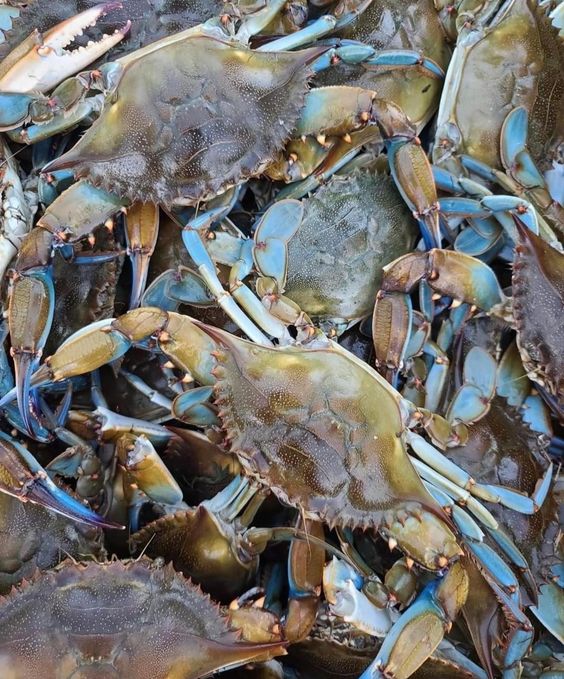Keeping it Fresh Fish Storage: A Guide to Storing Fresh Fish
Fresh Fish Storage is a delicious and nutritious addition to any meal. However, its delicate nature means proper storage is crucial to maintain its quality and safety. This guide will equip you with the knowledge and techniques to ensure your fresh fish stays fresh, from the moment you buy it to the moment you cook it.
The quality of your fish starts deteriorating the moment it’s caught. Enzymes naturally present in the fish break down tissues, leading to a loss of firmness, flavor, and the development of off-odors. To minimize this process, it’s essential to keep the fish as cold as possible throughout the entire storage period.
Contents
Fresh Fish Storage Methods
There are two primary methods for storing fresh fish: refrigeration and freezing. The best method depends on how soon you plan to cook the fish.
Refrigerator Storage (1-2 Days)
- Preparation:
- Rinse the fish under cold running water to remove any surface impurities.
- Pat the fish dry thoroughly with paper towels. Excess moisture can accelerate spoilage.
- If storing whole fish, remove the gills and guts, as these decompose rapidly.
- Wrapping:
- Wrap the fish tightly in plastic wrap or aluminum foil.
- Alternatively, place the fish in a resealable plastic bag, pressing out as much air as possible. This minimizes exposure to oxygen, which can contribute to spoilage.
- Placement:
- Store the fish on the bottom shelf of your refrigerator, where it’s the coldest. This helps maintain a consistent, cool temperature.
- Avoid storing the fish near raw meat or other strong-smelling foods, as the odors can transfer.
Tips for Extending Refrigerator Fresh Fish Storage:
- Ice Bed: Nest the wrapped fish on a bed of crushed ice in a container. The ice will help maintain a colder temperature and slow down spoilage. However, replace the ice regularly as it melts to prevent the fish from becoming waterlogged.
- Glazing: This technique involves coating the fish in a thin layer of ice. Briefly dip the wrapped fish in ice water to create a thin ice glaze. The glaze helps retain moisture and slow down bacterial growth.
Fresh Fish Storage Timelines:
- Lean Fish (cod, halibut, tilapia): Up to 2 days
- Fatty Fish (salmon, mackerel, tuna): Up to 1 day (due to higher fat content, which is more prone to oxidation)
- Whole Fish: Up to 1 day (larger surface area promotes faster spoilage)
Signs of Spoilage:
- Discoloration: Fresh fish should have a bright, vibrant color. Dullness or grayish flesh indicates spoilage.
- Fishy Odor: Fresh fish should have a mild, ocean-like smell. A strong, fishy odor is a sign of spoilage.
- Slimy Texture: Fresh fish should be firm and slightly moist. A slimy or sticky texture indicates spoilage.
Freezing Fresh Fish Storage
Freezing is a great way to preserve fresh fish for extended periods. Here’s how to freeze Fresh Fish Storage properly:
- Preparation:
- Follow the same preparation steps as for refrigerator storage (rinsing, drying, removing gills and guts for whole fish).
- Consider portioning the fish into individual serving sizes for easier thawing later.
- Double Wrapping:
- Wrap the fish tightly in plastic wrap. This creates a moisture barrier.
- Place the plastic-wrapped fish in a freezer bag or airtight container. This provides an additional layer of protection against freezer burn and odor transfer.
- Labeling:
- Label the package with the type of fish and the date it was frozen. This helps you track storage time and maintain freshness.
Freezing Timelines:
- Lean Fish: Up to 6 months
- Fatty Fish: Up to 3 months (due to higher fat content, which is more susceptible to oxidation)
Thawing Frozen Fresh Fish Storage
There are three safe methods for thawing frozen fish:
- Refrigerator Thawing: The safest method. Place the frozen fish in the refrigerator on a plate to catch any drips. Allow 24 hours per 5 pounds of fish to thaw completely.
- Cold Water Thawing: Place the frozen fish in a leak-proof bag and submerge it in cold water. Change the water every 30 minutes to maintain a constant cold temperature. Allow 30 minutes per pound of fish to thaw.
- Under Running Cold Water: This is the fastest method, but requires constant attention. Keep the fish in its original packaging and submerge it under a steady stream of cold water. Do not allow the water to become warm.






